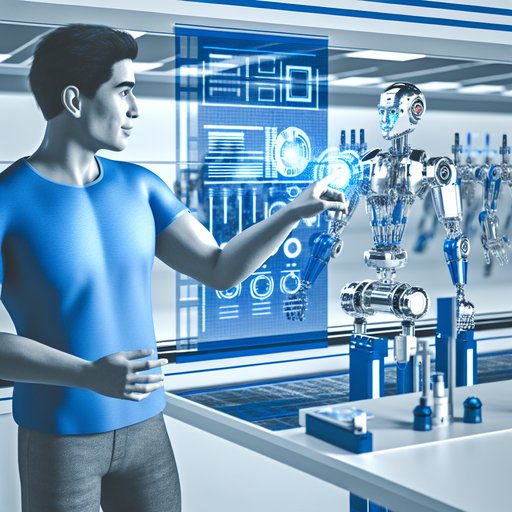Scenario or Question
Imagine a world where artificial intelligence can generate novels, music, visual art, and even software code with minimal human intervention. As generative AI (GenAI) becomes increasingly sophisticated, it raises a provocative question: How should copyright law adapt to a future where machines can create original content? This question seeks to address the evolving nature of creativity and ownership in a rapidly advancing technological landscape.
What’s Happening Now
Generative AI has made significant strides in recent years, powering platforms like OpenAI’s GPT-4, Google’s Bard, and various text-to-image models. These technologies can produce text, art, and music that often rival human-created works, blurring the lines between human and machine creativity. Presently, copyright law predominantly protects human authors, but this paradigm is being challenged.
The U.S. Copyright Office, for instance, has encountered cases where creative works, generated through AI, seek copyright protection. Decisions are yet inconsistent. Some AI-generated works have been denied copyright on the grounds that human authorship is a fundamental requirement, while others, involving significant human direction, have been granted protection. This inconsistency highlights an urgent need for updated legal frameworks.
Why It Matters
The implications of AI-generated content on copyright are far-reaching. At the heart of the issue is the very concept of authorship. Traditional copyright laws are designed to incentivize human creativity by granting creators exclusive rights to their works. However, if a machine-generated content piece, devoid of direct human input, cannot be copyrighted, questions arise about incentives and recognition for AI developers and subsequent users of these models.
Moreover, the economic impact is substantial. Content industries, from publishing to entertainment, could face challenges regarding compensation models. Additionally, the potential for mass production of AI-generated content could saturate markets, impacting not only financial valuations but also cultural significance.
Conflicting Views or Stakeholders
There are conflicting views on how to approach AI and copyright. On one side, some argue for a complete overhaul of existing laws to create new categories for AI-generated works. Proponents suggest that recognizing AI as a tool with “co-author” potential, where human input is significant, could balance innovation with legal clarity.
Opponents, however, caution against extending copyright to non-human creators. They emphasize the importance of maintaining the human-centric essence of creativity and warn against setting precedents that may stifle innovation. By giving AI too much agency, there is a risk of eroding the value attributed to human creativity and cultural heritage.
Key stakeholders include AI developers seeking recognition and reward for their innovations, creative industries wary of displacement, legislators tasked with navigating this complex terrain, and artists and copyright holders concerned about maintaining control over their creative economic rights.
Future Outlook or Warning
Looking ahead, the future of copyright in the GenAI era will likely necessitate nuanced legislation that considers both traditional frameworks and novel technological capabilities. Legal systems around the world are being tested, and many will need to collaborate with technology experts, ethicists, and creative professionals to develop policies that reflect the modern creative ecosystem.
A potential path forward could involve hybrid models, where copyright law is adaptable based on the level of human involvement in creating AI-generated content. Ensuring that these laws evolve to balance innovation with protection will be crucial in supporting a vibrant, sustainable creative industry.
Ultimately, as GenAI continues to redefine creativity and ownership, societies must thoughtfully consider the ethical and economic implications of this transformative technology. By doing so, we can ensure a future where human and artificial creativity not only coexist but flourish together.










